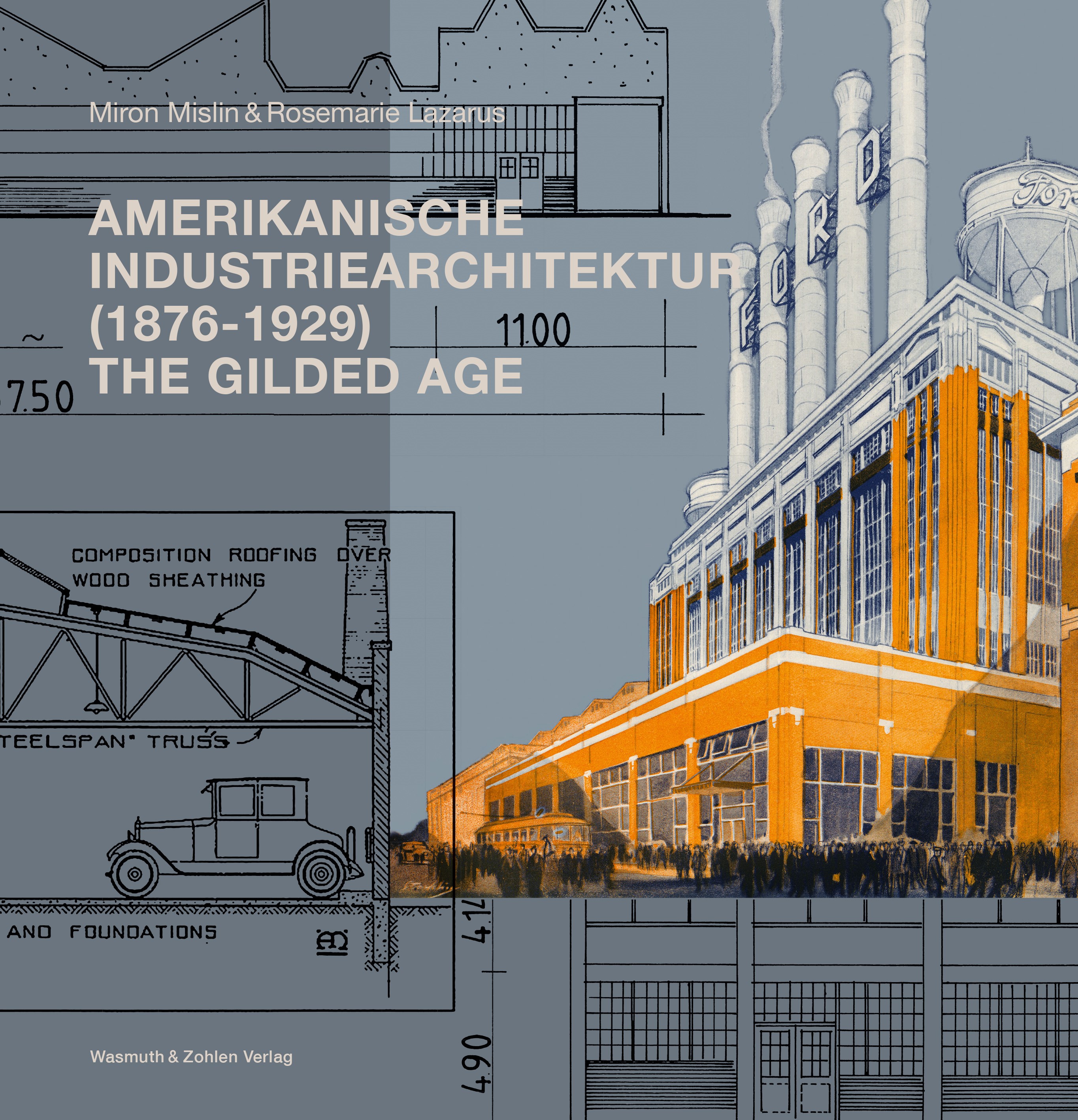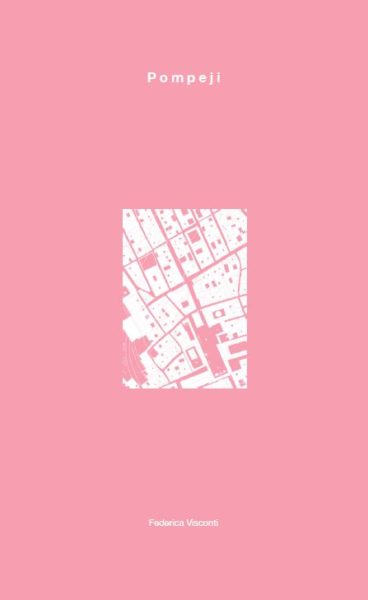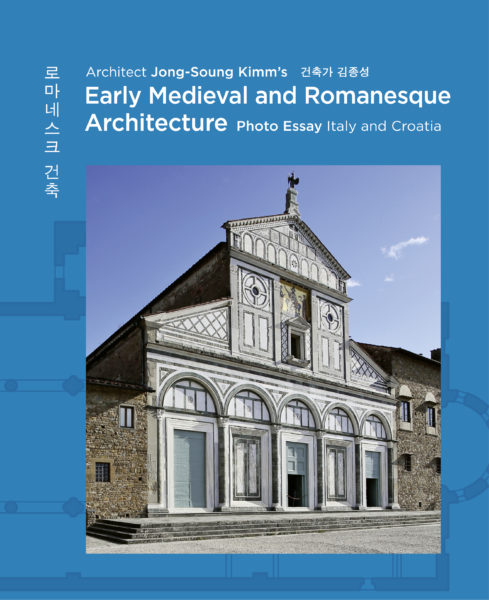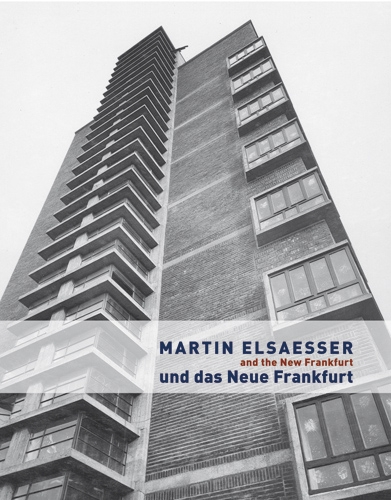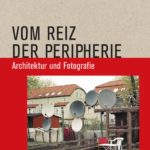View cart “Vom Reiz der Peripherie” has been added to your cart.
Amerikanische Industriearchitektur (1876-1929)
The Gilded Age
As the title "American Industrial Architecture (1876-1929)" suggests, Miron Mislin and Rosemarie Lazarus analyze the architecture of American factory buildings during this period, also praised as the "Gilded Age." They show how American industrial architecture was influenced by technical and scientific innovations, as well as by general economic developments and the prevailing tastes of the time. Working with mechanical and industrial engineers, architects developed innovative design and construction methods and tested new materials such as iron, glass, and reinforced concrete. American "Industrial Modernism" referred primarily to the practicality (functionality) of the buildings. The overriding principle was to make all the means employed more effective.
- Author: Miron Mislin, Rosemarie Lazarus
- ISBN: 978 3 8030 2102 1
- Size: 23 x 24 cm, brochure
- Edition: 1st edition, original edition
49,00 €
incl. 7% VAT
zzgl. Versandkosten
-
As the title “American Industrial Architecture (1876-1929)” suggests, Miron Mislin and Rosemarie Lazarus analyze the architecture of American factory buildings during this period, also praised as the “Gilded Age.” They show how American industrial architecture was influenced by technical and scientific innovations, as well as by general economic developments and the prevailing tastes of the time. Working with mechanical and industrial engineers, architects developed innovative design and construction methods and tested new materials such as iron, glass, and reinforced concrete. They provided industrial buildings with flexible floor plans and adaptable building envelopes for changing production conditions. Facade design initially remained committed to historicism, but a trend toward a new aesthetic design for factory buildings with significantly larger window openings and smooth facades can be seen around the turn of the century. American “Industrial Modernism” referred primarily to the practicality (functionality) of the buildings, not to symbols and optical effects such as “monumentality,” which in the German architectural-theoretical discussion had been regarded as typical of industrial construction. The overriding principle was to make all the means employed more effective.
Read in:
Deutsch -
Weight 1.067 kg Author Miron Mislin, Rosemarie Lazarus ISBN 978 3 8030 2102 1 Size 23 x 24 cm, brochure Number of pages 320 pages Illustrations approx. 450 illustrations Languages German Edition 1st edition, original edition Release April 2020

